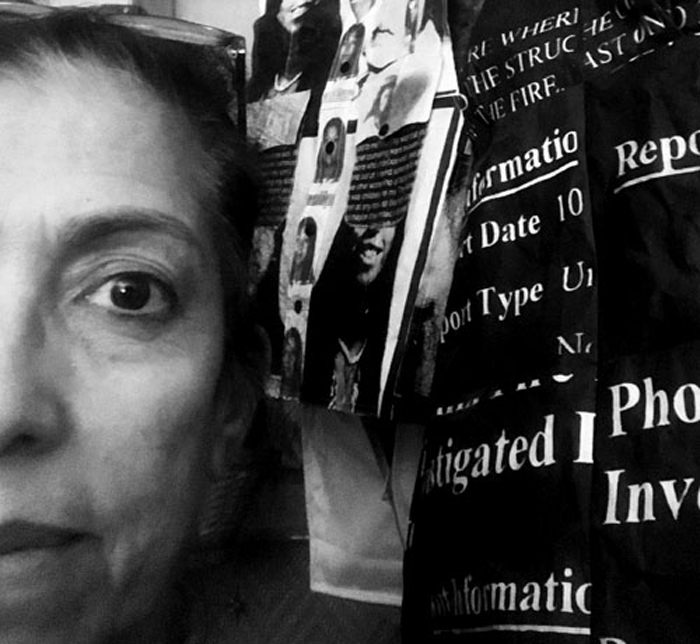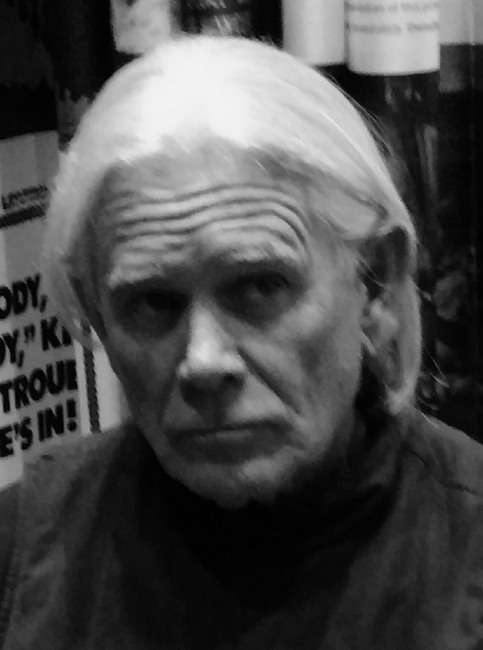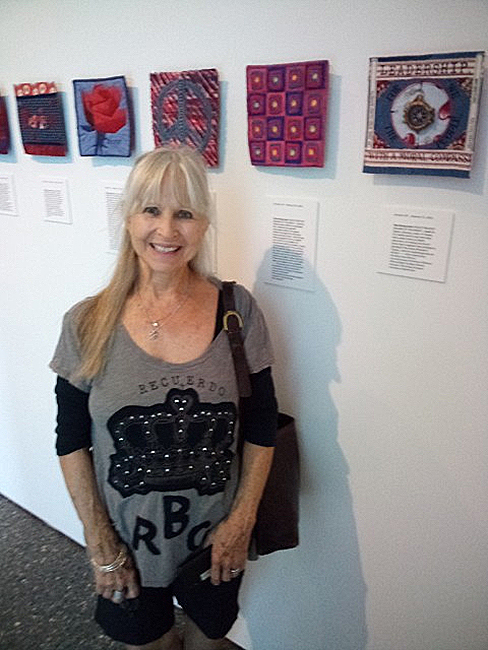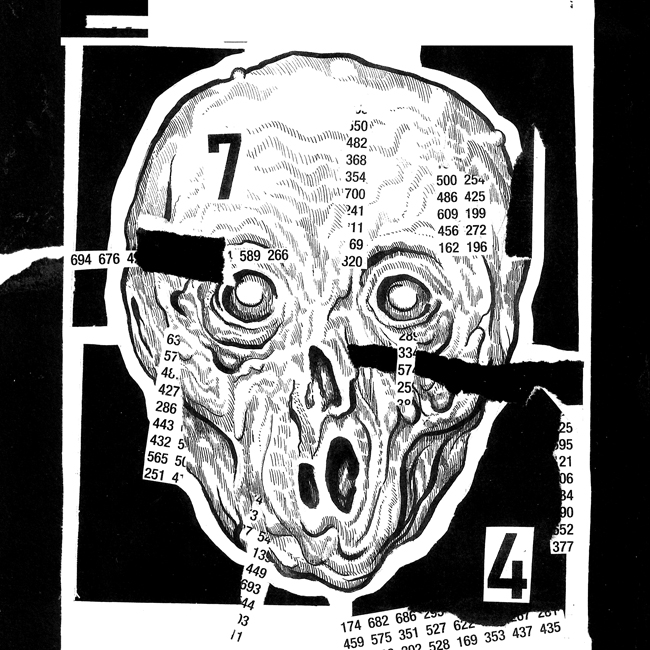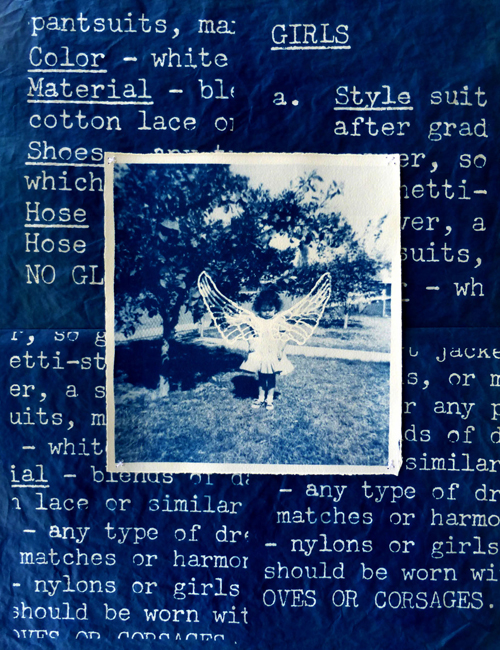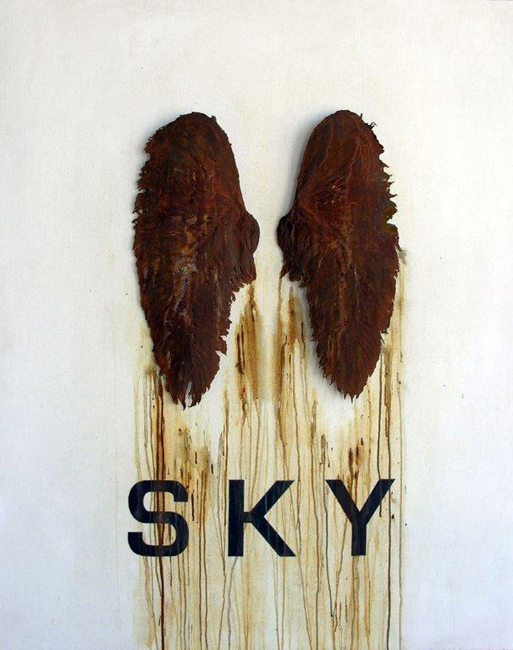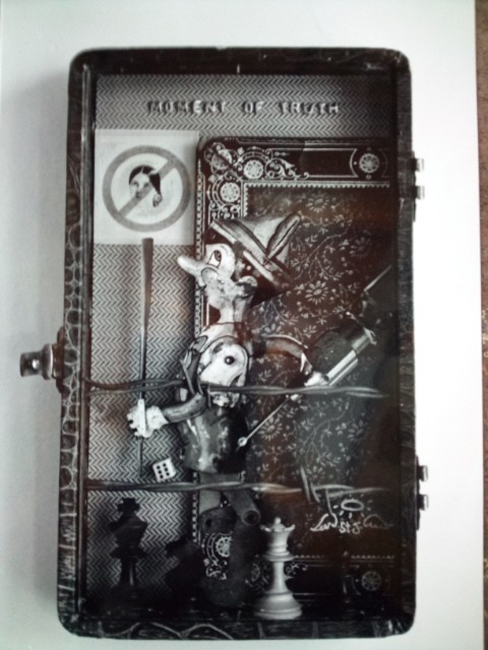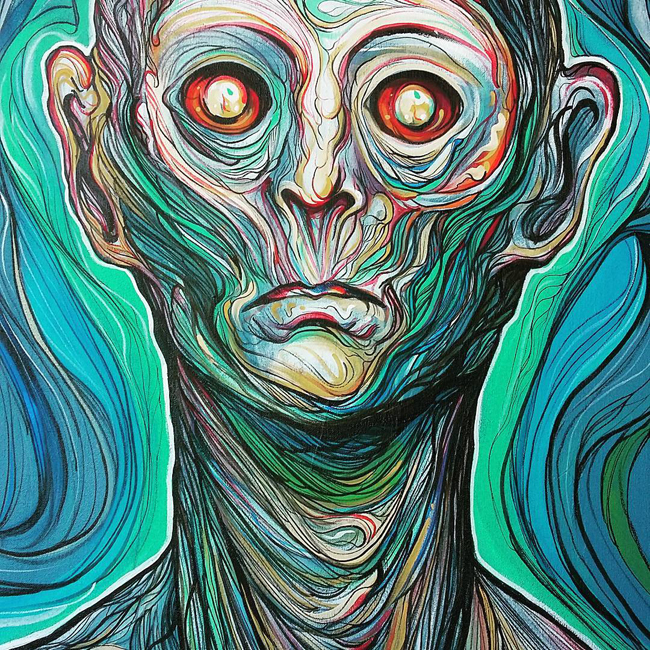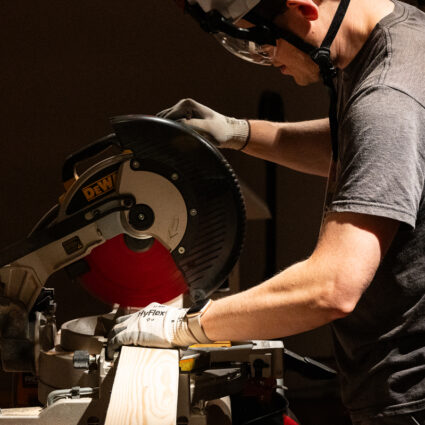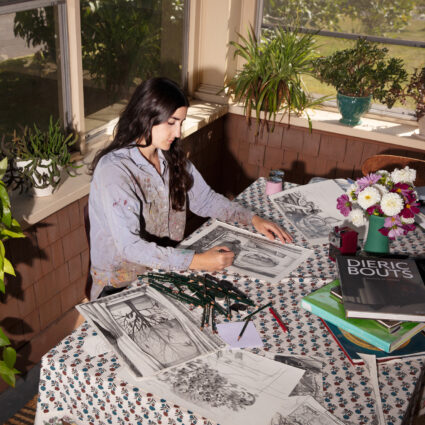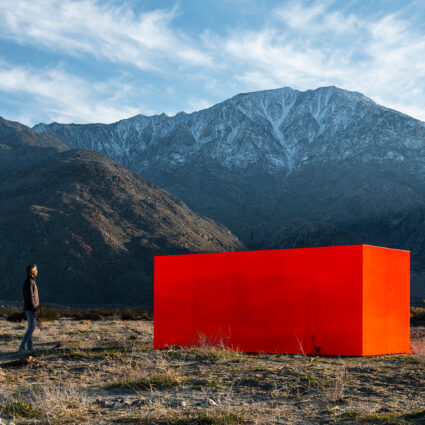Janet de Berge Lange, Jeff Falk, James B. Hunt, and Annie Lopez—in roundtable style—dish on downtown Phoenix’s art scene pre-America West Arena and prior to First Friday.
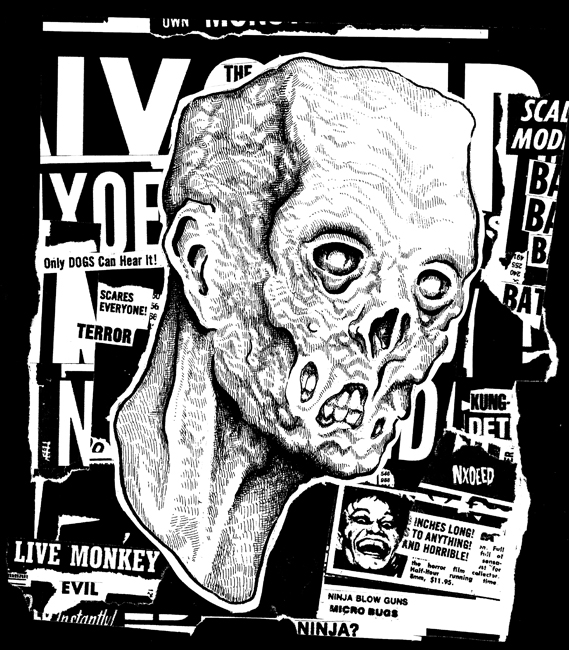
When the story of the downtown Phoenix art scene is told, it often starts in the early 2000s, with the founding of arts district Roosevelt Row, and with galleries like Eye Lounge and Modified Arts. Or with the success of First Friday or the advent of the annual artist studio tour known as Art Detour. In fact, the community of downtown artists was established well before these chapters unfolded.
Before there was a downtown art scene, there were artists who gravitated to the bombed-out warehouses and abandoned storefronts that they turned into art spaces.
Annie Lopez: I knew nothing about art, but people kept telling me the stuff I made looked arty. I was looking for a creative outlet of some sort. I wanted creative people around me.
Janet de Berge Lange: I was a public school art teacher. One day in the ’80s, someone from Phoenix Artist Coalition came and talked about how they had meetings and showed slides and talked about art. I started going to their meetings.
James B. Hunt: I started out doing posters and album covers for punk bands. People started looking at my work and saying, “This is art.” I called Bentley Gallery in Scottsdale and said, “How do you show art?” And they told me about having slides made of my work and taking them around to galleries, and I was like, “Fuck that. I’m out.”
Jeff Falk: I was in the Forest Service for six years, and after a day’s work, I’d paint or draw. I liked being in the woods, but I wanted to make a commitment to art, so I came to Phoenix in 1984, and I found MARS [Movimiento Artístico del Rio Salado].
Lopez: I saw this little, tiny paragraph in the newspaper saying a Chicano art group was looking for members. I put together a portfolio of my work and took it to them. They accepted me as a member in 1982.
de Berge Lange: I met Annie and Jeff Falk at a PAC meeting. That’s how I found out about MARS. I joined that group, too.
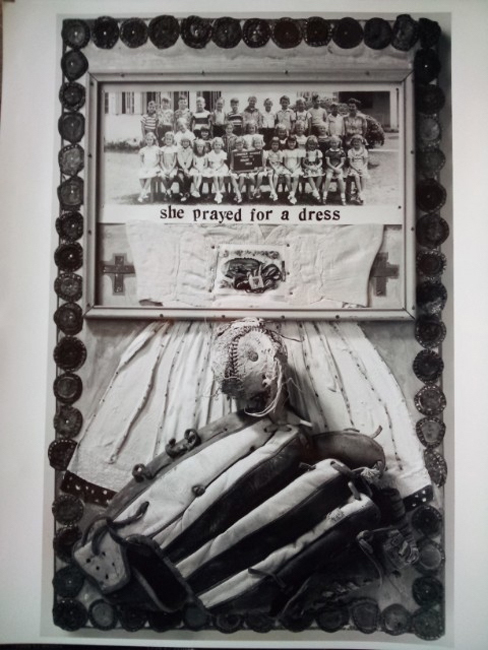
Local artists began to find one another. Finding an audience was more difficult.
de Berge Lange: There was no downtown art scene. In the ‘80s, it was only a group of artists looking for a place to show. You had galleries in Scottsdale showing regional work, you had the Heard and Phoenix Art Museum, but as far as local art downtown, there wasn’t anything. There was the Thompson Gallery, but it wasn’t contemporary stuff.
Lopez: Back then, artists didn’t have money to have a studio or to open a gallery. We’d show anywhere.
de Berge Lange: Sometimes we got someone to let us use their space, like the lobby at the capitol building. Sometimes there were shows at the library. There was Alwun House, but that was already established as its own thing. We had a show at the San Carlos Hotel, and they thought my work was too controversial, so they put it behind a curtain.
Hunt: I’d set up wherever I could. I’d sit on the ground outside a café and spread my shit out and have a little “for sale” sign.
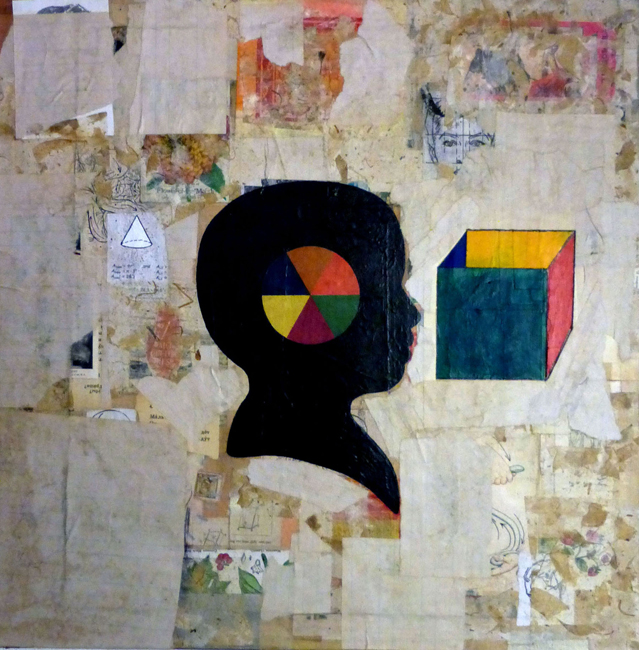
As more artists became involved, the art scene downtown began to change.
de Berge Lange: Karen Casey opened a gallery on the corner of Jefferson and Central. David Cook had his gallery by then. We started doing shows at the Icehouse. MARS had a gallery.
Lopez: The first MARS was at Buckeye and First Avenue. When MARS moved to the Luhrs Building downtown, that’s when other galleries like Karen Casey began to occupy the area and the building. Randy Slack, James Angel, and David Dauncey had a gallery in the basement. During Suns games, parking downtown was $20, yet people still showed up. We parked in the alleys hoping we wouldn’t get a ticket. But people were desperate for a gathering place for creative people.
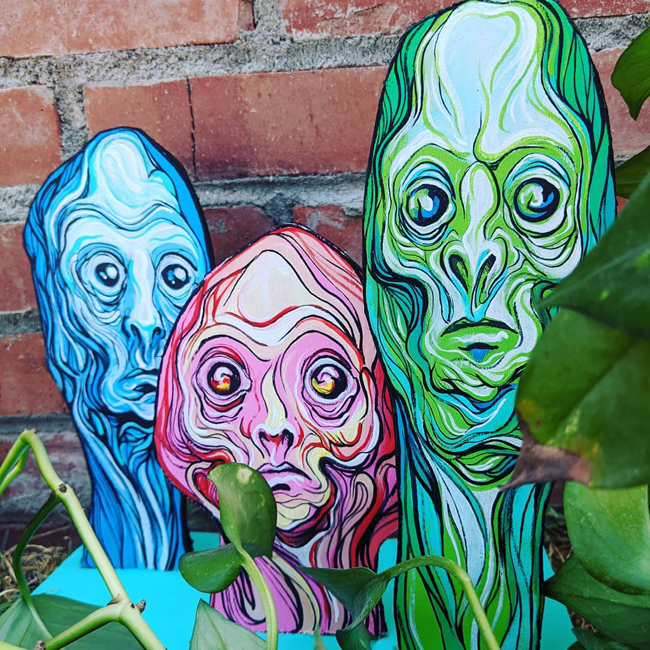
Falk and Lopez were among several local artists who had studio space at 11 East Ashland, one of the seminal art spaces of the scene’s earliest days.
Falk: You’d go to Ashland to hang with oddballs and artists. One guy who had a studio there was a computer programmer who knew nothing about art. He did this shadow play with 250 cardboard roaches.
Hunt: All of a sudden, there were these apartments and houses that people were calling galleries. That was the magic of it. I remember going to an exhibit at 11 East Ashland and thinking, “Well, this is just somebody’s house, and if you can show art here, you can do it anywhere.” The people in the greater art community looked down on that idea, which made it even better. I was a kid in the punk scene, and being looked down on was everything.
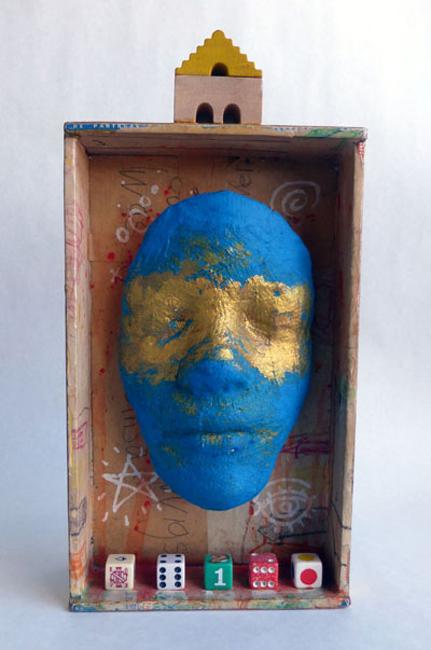
The media was slow to acknowledge that something was happening with downtown art.
Lopez: You found out about things because someone printed a flyer. The newspapers weren’t writing about what we were doing.
Hunt: You’d go to Long Wong’s, and someone would tell you about a show at Ashland. Or there’d be a poster somewhere.
de Berge Lange: In the late ’80s, Deborah Laake wrote an article for New Times saying there was no art downtown. I called her and said, “We’re doing a show at 11 East Ashland called The Bad Attitude Show, because we have a bad attitude about what you wrote. You’re the guest of honor.”
Deborah came to the show. She knew we were mad at her. I stood there in the dark with her, and we watched Jane Smith’s performance piece where she taxidermized a cockatoo. That show broke the ice, and Deborah became a supporter of what we were doing.
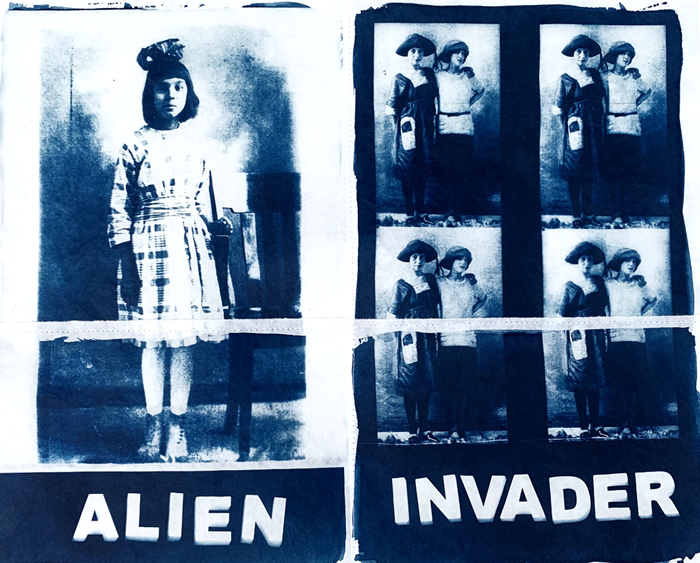
As their audience grew, so did a sense of community among the downtown artists.
Lopez: It didn’t feel competitive. Everyone helped everyone else out. It was artists giving one another opportunities.
Hunt: Finding this scene was like finding a portal into another dimension. I was nineteen and I was afraid I was going to have to paint floral scenery in order to be an artist. But I met these people and I saw that art was a lifestyle.
Falk: We were people looking for kindred souls, trying to find people who spoke the same language.
Lopez: I was lucky, because I knew nothing about art and [at MARS] fell into a group that was very nurturing. The women protected and guided me, and the men taught me how to hang an exhibit and encouraged me to experiment with my subject matter and photo techniques.
de Berge Lange: Beatrice Moore was the mama bear. She was organizing the first Art Detour, she was having meetings, pulling everyone together.
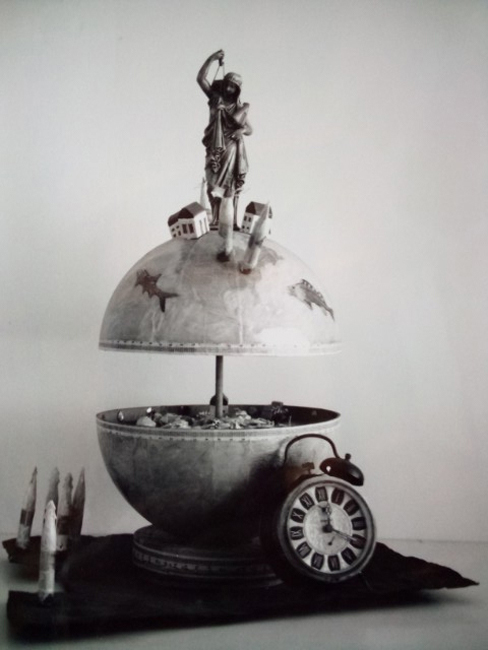
Before the advent of First Fridays, art fans found their way to weekend events at performance spaces like Scorchydome and Crash Arts, and to exhibitions at Gallery X and Radix and MARS.
Falk: You never knew who was going to walk through the door. I’d go to Gallery X and stand around and watch the people file in. One night all these Mercedes pulled up out front, and guys in polo shirts with the collars turned up came piling in. It was the museum crowd, out slumming.
Lopez: If there was a show at MARS or some other gallery, it meant getting there early, making sure the art tags were up, sweeping the floor, changing the light bulbs. People were coming to see your art and you’d better be ready.
Falk: Pete Fischer would set up his video cameras and hook us up with art spaces in L.A. and New York. Some nights I’d go stand on the corner by the San Carlos with Larry Yanez, and he’d play music and I’d do some spoken word crap.
Lopez: When we’d do performance stuff, those were long nights. A lot of nice people came out to see us. I remember being tired, but it was worth it. Everyone was working for free, but it was satisfying.
Falk: Everyone ended up at Metropophobobia afterward, talking about all the weird experiences they had that night and laughing about it.
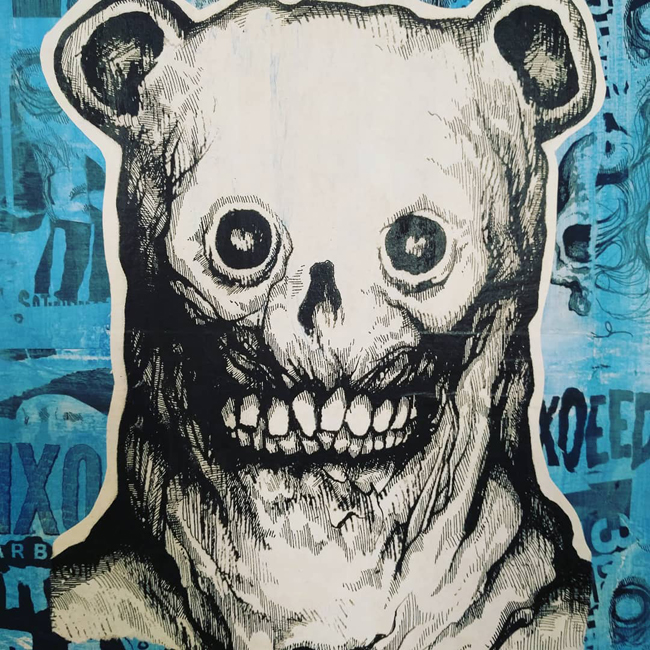
Performance art was a big part of the downtown art experience.
Falk: We did the Bad Xmas Pageant at Paper Heart Gallery in 1985. It wasn’t supposed to become an annual thing, but we did it for twenty-three years. People from all different disciplines came in and did their things. Pete Petrisko was this bad boy art guy, and he got up one year and did a piece about a little boy waiting for Santa and he blew me away. Leslie Barton got up one year and did a performance piece that silenced the room.
de Berge Lange: In 1989 they did The Battle of the Christmas Icons. It was Santa Claus versus Jesus. Jeff was Jesus and Ralph Cordova [who co-founded MARS] was Santa. They built a wrestling ring on the rooftop of my art studio and Annie played the Virgin Mary. People still talk about that one.
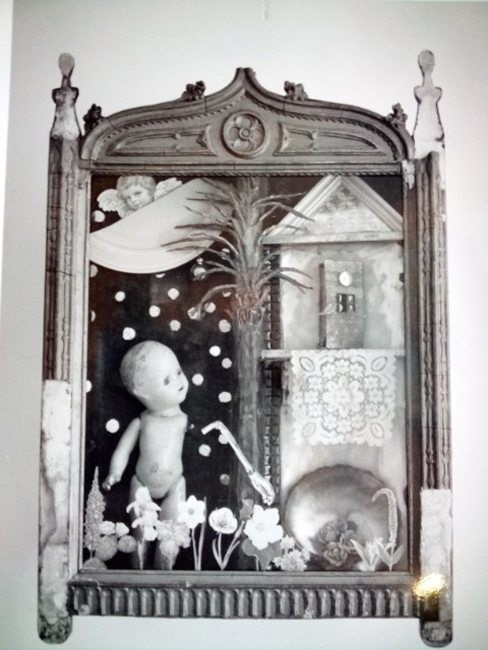
As Moore was working on the first Art Detour in 1989, the downtown arts community was disrupted when developers bought up land in the area to build America West Arena. The artists gravitated northwest to Jackson Street, moving into studios near the Icehouse. In 1992, Bank One Ballpark, now known as Chase Field, broke ground in this new artsy neighborhood, and the artists were displaced again.
de Berge Lange: My first studio was the penthouse of the Charlie Case Tire Company, from 1983 to 1987. It’s now the corner of the ballpark. It’s where I met Beatrice, her studio was a few blocks away. [The artist] Dinah Alderman and I got together with Beatrice to do the grunt work of getting artists to put their studios on the first Art Detour. Then we all got chased away, and it all got torn down.
Hunt: Artists are nomadic. When they tear down our space we’re like, “You want it? You can have it.” And we go somewhere else and make cool things happen elsewhere.
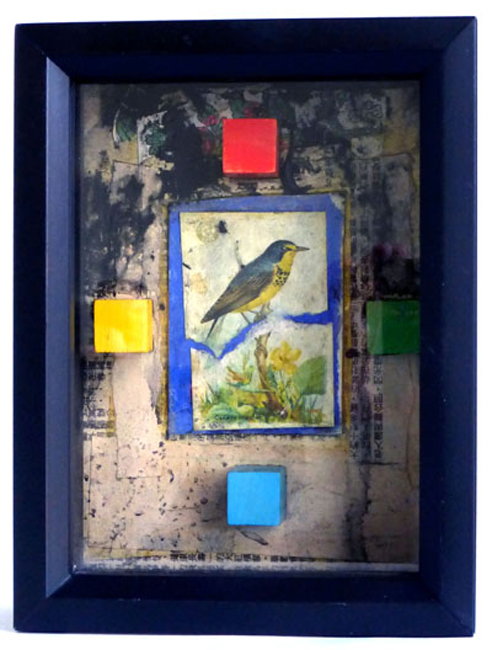
The artists resettled on Roosevelt Street and in an enclave founded by Moore and Tony Zahn along Grand Avenue. Art Detour took off.
de Berge Lange: Detour was good for a while there. We had maps the first few years, so people could come find our studios and see where the art got made. Then Beatrice got shuttle buses to take people around. She was amazing.
Lopez: If you were an artist who didn’t get shown in galleries, people could walk into your studio and see your art there.
de Berge Lange: But Detour became about greed, and corporate people were getting involved. We got a grant to hire someone to run Detour, and that was the beginning of the end. It became the stepchild of First Fridays and Roosevelt Row in the mid-’90s. The buses were gone, and attendance began waning.
Falk: At first, Roosevelt was like old times on a different street. Pete Ragan moved Metropophobobia there, and then Kimber [Lanning] was in that space with Modified Arts. And there was Chaos Theory every year. But by the late ’90s, it seemed like interest in the downtown art scene was changing. By then the developers got wind of things. The people who took over Roosevelt had a goal that wasn’t the same goal as the artists who’d come before them. Things changed.
Hunt: It always happens. Someone finds something cool they can tether themselves to, and they claim to have invented it. “This is cool, but I can make it better.” And now it’s unrecognizable as anything to do with art.
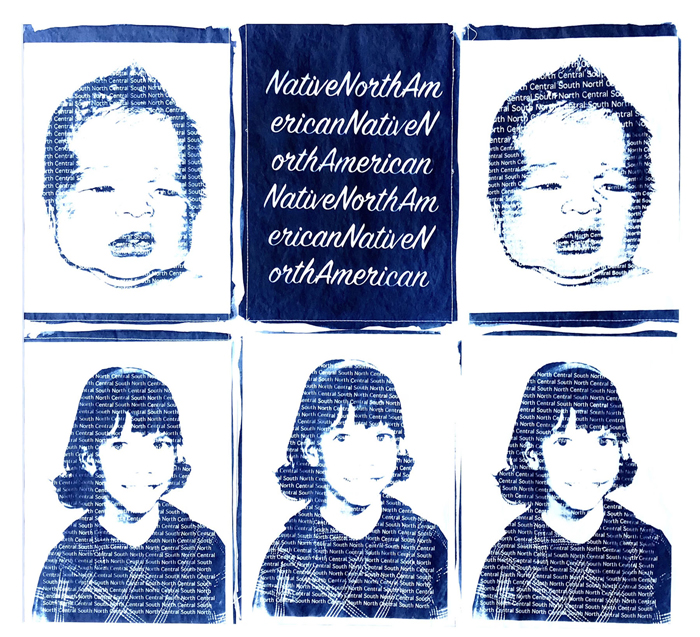
The artists who created the downtown arts movement nearly forty years ago continue to make and show their work. Some are hopeful that the downtown arts scene will be revived.
de Berge Lange: In some ways, we’re kind of back to where we were when we started. We’ll show anywhere that will have us.
Falk: There are still some good art spaces on Roosevelt. That little spark is still there, but just like in the old days, you have to look for it.
de Berge Lange: I was in a downtown group show recently and the atmosphere was more like a street festival than an art exhibit. First Friday is a money-making thing. It’s only sad when you know that the artists who started it were looking to create something other than profits.
Hunt: I’m content to leave Roosevelt Row to the child drummers on every corner while we’re doing fun stuff elsewhere. I don’t go down there. Once they started closing the streets so that people could walk around taking selfies, I knew the creative part was over.
Lopez: I’m hopeful. There are still places that show art. Kimber has Modified. There are young artists starting to get shown. I try to encourage them as much as I can. A lot of them are perfectly happy to show online. We didn’t have that. Maybe they don’t want that physical community we were looking for.
Hunt: There’s something about masses of people walking up and down the street and going into Eye Lounge because they need to use the bathroom. That’s the opposite of what I was looking for in the ‘90s. I’m content that artists lost Roosevelt to a street fair. Please, take it and sell your $20 hamburger and your stretch socks. We’re going to go do something else.
Falk: I still go out into the world and look at art. I feel like it’s paying a debt, because people came out to look at mine. I think there will be another wave of downtown art, but it might not be like what we expect. The best part of the art scene for me, then and now, is not being exactly aware of what’s going to happen. I was there the last time that happened, and it was pretty damn intoxicating. It could be again.
